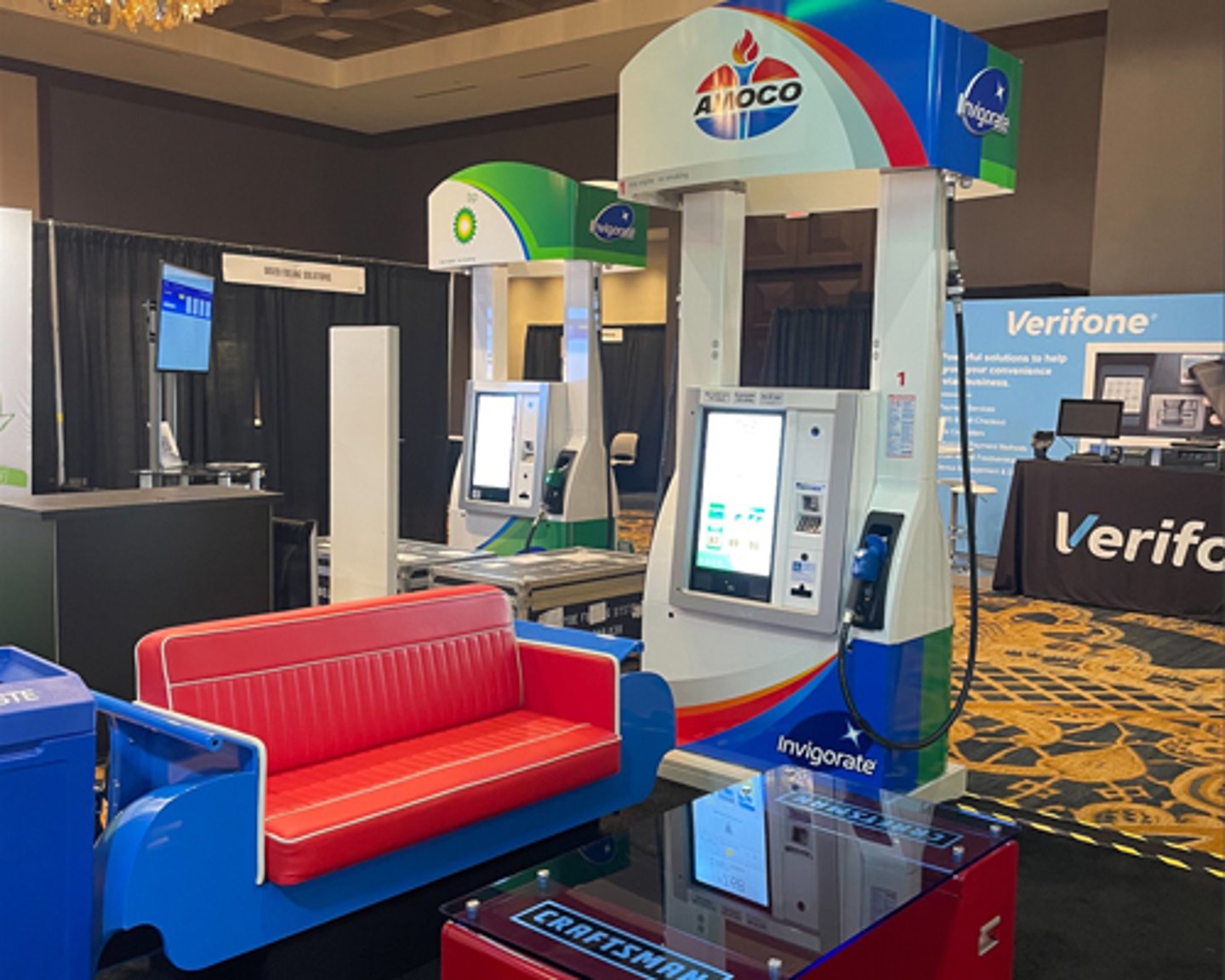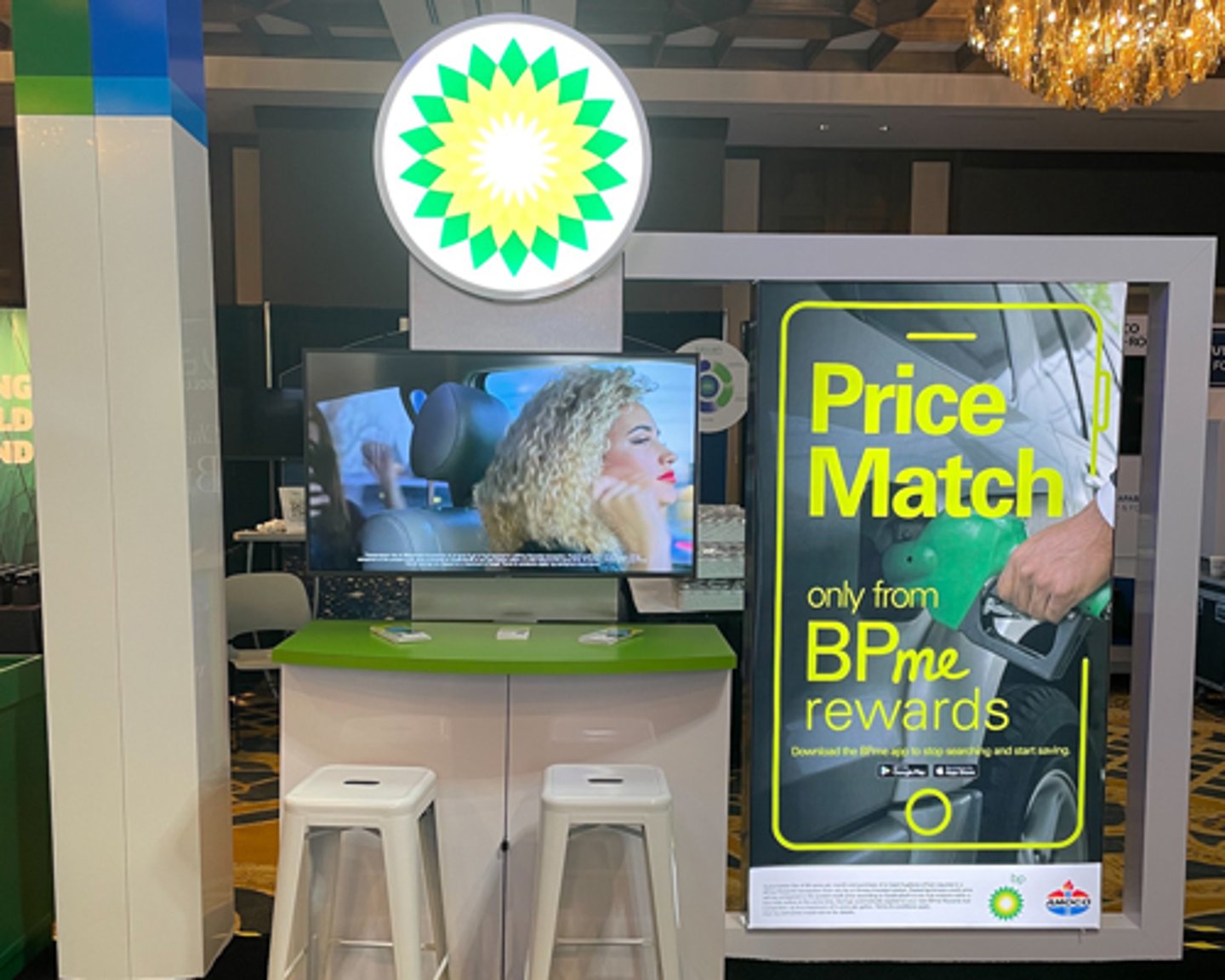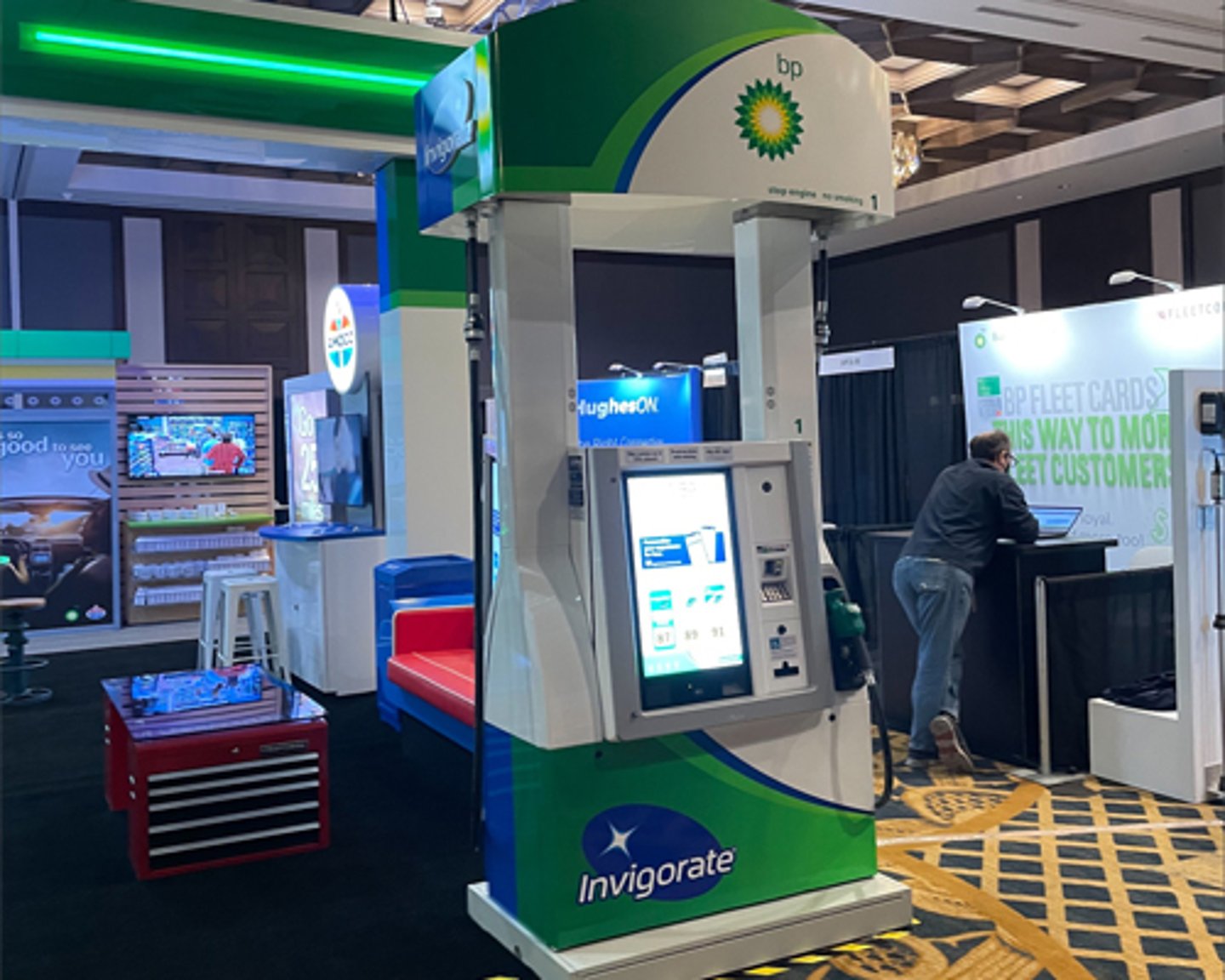BP Leans Into Convenience Retailing Following Thorntons Deal
SAN ANTONIO — BP has had a steady presence in the convenience channel with its ampm banner on the West Coast. Three years ago, it entered a joint venture with ArcLight Capital Partners to acquire Thorntons, the roughly 200-store chain based in Louisville, Ky.
Fast forward to 2021, and BP ramped up its presence in the channel when it bought out ArcLight Capital to become the sole owner of Thorntons — giving it a solid foothold outside of its existing five-state footprint along the Pacific Coast.
Ownership of the Thorntons chain falls in line with BP's current three-prong focus: resilient hydrocarbons, convenience and mobility, and low carbon energy, according to Greg Franks, senior vice president of mobility and convenience, Americas.
Convenience Store News had the opportunity to meet with Franks and several other executives with BP and the BP Amoco Marketers Association (BPAMA) at the recent BPAMA Convention and Business Expo in San Antonio, held March 8.
As Franks explained, BP will always sell fuel, but the company also wants to grow its convenience store network and embrace the coming changes in the mobility landscape as it looks to diversify its business.
"If you have a strong backcourt and a strong forecourt, you will have a strong business," he said.
BP completed its acquisition of Thorntons in September 2021 and is currently working through the integration process. The chain has great customer service and a good end-to-end program, noted Franks.
"It gives us the capability, along with ampm, to think about how we want to grow convenience throughout our network," he added.
While working through the integration, BP is keeping an eye out for best practices to share. For example, the company is opening up Thorntons' E15 offer to its broader network. "The marketers asked for this. It's a great example of listening to our customers (marketers) who continue to invest in fuels as consumer demand changes," explained Lisa Blalock, vice president of marketing, mobility and convenience, Americas.
With the energy transition coming, BP is committed to helping its marketers by investing, innovating and marketing. Despite the changes in the mobility landscape, Franks still foresees strong fuel demand in 2040. "But we still want to understand the EV demand and we want to help our customers, our marketers, be able to meet the demand," he said.
Working With Its Marketers
Approximately 95 percent of the oil company's network runs through branded marketers, many of whom are multi-generational.
In addition to the association's meetings every two years — which bring out several corporate leaders — BP meets with BPAMA members often to understand the pain points of its marketers, according to Blalock.
"We are the fuel supplier of choice for our marketers, who work to meet the convenience and fuel needs of the consumer," she said. "How can we bring these tools and capabilities to them to grow their business and meet their customers' needs?"
Tim Corrigan, co-owner of Michigan-based Corrigan Oil and chair of BPAMA, is just one of many marketers that runs a family business. When asked about the challenges facing marketers today, he said the biggest one is how to stay relevant and profitable.
That goes hand-in-hand with another obstacle: technology, Jack Allard, executive director of BPAMA since 2014, told CSNews.
"The industry is changing so rapidly. Technology touches everything: EV, scanners inside the store, loyalty programs — how consumers access convenience," he said. "How do our marketers stay abreast of the changes?"
BP and Amoco marketers come in all shapes and sizes. "Using technology as an example, they all handle it different ways. It's also difficult to predict what's coming next," Allard explained.
Labor is another pain point, according to Corrigan, and one BP is addressing with a few new solutions for its marketers. "The labor pool, in general, is a challenge and will be for the foreseeable future," he said. "The new Grabango program is a game-changer. It takes the pressure off the labor pool. That's the type of collaboration between BP and BPAMA. Everyone is excited about it."
Allard agrees there is potential there and, more importantly, says the contactless shopping experience is one that convenience store customers want.
Seen on the BPAMA Expo Floor
Along with a slate of speakers, the BPAMA convention also showcased new initiatives that will give BP's branded marketers opportunities to respond to current and emerging consumer trends, and access benefits based on the company's scale.
Enhancements to BPme Rewards
In February 2021, BP introduced Price Match as part of its BPme Rewards program.
With the initial program, members could look for the best gas price by automatically comparing BP and Amoco prices to select competitor stations within a half-mile radius. If there were no competitor stations within that radius, the search expanded up to two miles.
On March 1, the company expanded Price Match to compare against all competitors, instead of select competitors, in a two-mile radius instead of a half mile.
If there is a lower price for the same fuel grade, a cents-per-gallon savings will automatically be applied to the member's next BPme Rewards purchase.
Contactless Convenience
At the event, BP spotlighted new self-checkout partnerships with Grabango and Mashgin.
"So much has changed in terms of convenience, so we are trying to redefine the experience. We teamed up with Grabango and will roll out the contactless checkout concept to 10 stores by the end of the year," Blalock reported.
The Mashgin pact is bringing another form of self-checkout to the consumer. The platform combines artificial intelligence and computer vision so that there is no need to scan items. BP is piloting the platform in four locations on the ampm side of the business.
"We are looking for consumer feedback and will see how it evolves," Blalock said. "We want to be agnostic and to offer what our consumers want from checkout."
Electric Vehicle Charging
BP launched its electric vehicle (EV) charging offer for marketers at the show.
"Each operator, and site, is different and not everyone is ready to install EV charging today," said Emily Leung, vice president, future mobility and electrification, Americas. "We want them to think about the things they can do today to prepare for the future."
Amoco Relaunch
BP relaunched the Amoco brand in 2017 and today, there are 400-plus locations. There is no specific target for number of locations, according to Blalock.
"BP is still the primary brand, but we see high potential with Amoco," she said. "There is still love for the brand across the U.S."
Looking down the road, Franks said BP wants to build up its convenience capability to understand where it is going. This may include EV, digital, and a great food offer.
"We want to develop a relationship with our consumers, understand the next generation's energy needs and meet them," Blalock concluded.







